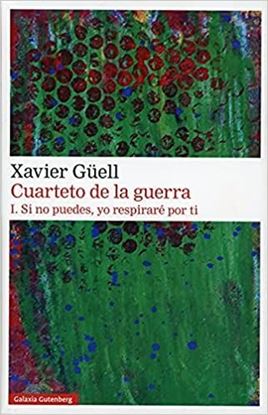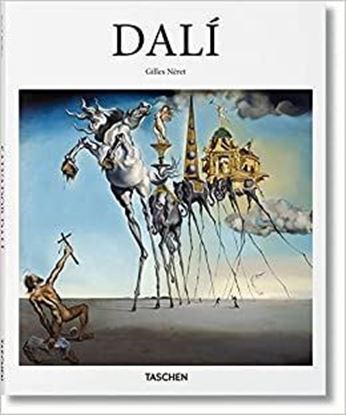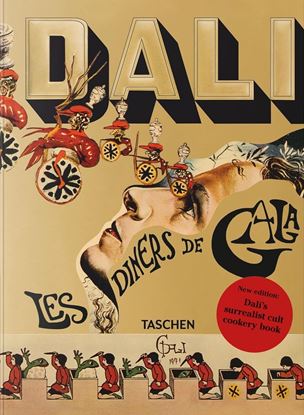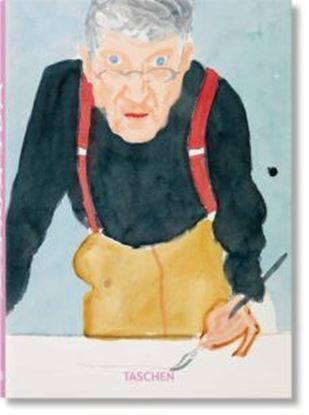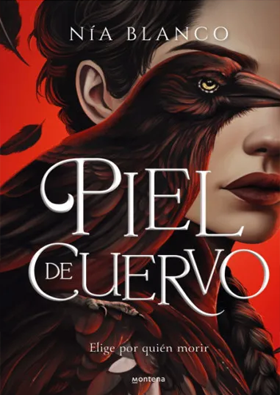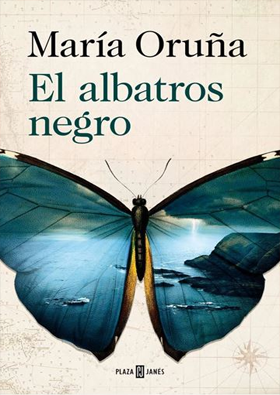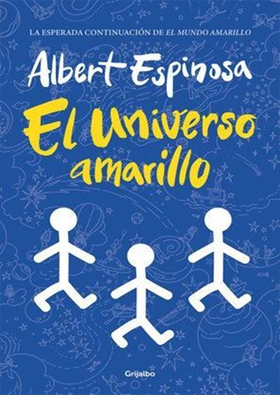

CONVERSACIONES CON GRANDES FIGURAS DE LA
De música, por supuesto sus inicios, referencias y maestros, sus trabajos, pero también de otros asuntos más personales sus miedos y sueños y universales amor, drogas, política, religión, muerte es de lo que el autor de este libro, reconocido periodista cultural con varias biografías de estrellas de la canción española en su haber, ha conversado a lo largo de tres décadas con los 40 grandes músicos e intérpretes que lo protagonizan.
1,750
CUARTETO DE LA GUERRA. I (OF2)
Tras el éxito de La Música de la Memoria, libro dedicado a los grandes músicos del siglo XIX, Xavier Güell se adentra en los años más oscuros del siglo xx. Cuarteto de la guerra narra la historia de cuatro hombres que luchan por su vida y por su música cuando los totalitarismos y la guerra asolan Europa. Nueva York, Berlín, Múnich, Moscú, Barcelona y Los Ángeles son los escenarios donde transcurre el épico enfrentamiento de cuatro grandes compositores con el poder político, para evitar que su obra sea sometida, dirigida y utilizada, a la vez que procuran desesperadamente la supervivencia de los seres que aman. Cuarteto de la guerra reflexiona así mismo sobre la música como revelación y sabiduría, como eco de lo intangible, como impulso directo a lo más profundo del alma, sobre el diálogo entre el hombre y lo invisible y, por último, sobre el sentido de nuestra propia existencia. El primer volumen de la tetralogía, Si no puedes, yo respiraré por ti, cuenta el exilio voluntario de Béla Bartók a Estados Unidos, que arriesga su estabilidad emocional, familiar y profesional, para dejar constancia de su radical oposición a las dictaduras de Horthy, Hitler y Mussolini.
500
DALI (BA-ART) (GB)
Painter, sculptor, writer, filmmaker, and all-round showman Salvador Dalí (1904–1989) was one of the 20th century’s greatest exhibitionists and eccentrics. One of the first artists to apply the insights of Freudian psychoanalysis to art, he is celebrated in particular for his surrealist practice, with such conceits as the soft watches or the lobster telephone, now hallmarks of the surrealist enterprise, and of modernism in general.
Dalí frequently described his paintings as “hand-painted dream photographs.” Their tantalizing tension and interest resides in the precise rendering of bizarre elements and incongruous arrangements. As Dalí himself explained, he painted with “the most imperialist fury of precision,” but only “to systematize confusion and thus to help discredit completely the world of reality.”
Revolutionizing the role of the artist, the mustache-twirling Dalí also had the intuition to parade a controversial persona in the public arena and, through printmaking, fashion, advertising, writing, and film, to create work that could be consumed and not just contemplated on a gallery wall.
1,350
DAVID HOCKNEY. UNA CRONOLOGIA. 40TH ED.
Artista pop, pintor de la vida moderna, paisajista, maestro del color, explorador de la imagen y de la percepción durante seis decadas, David Hockney es conocido por ser un artista que siempre encuentra nuevas formas para explorar el mundo y sus posibilidades de representación. No ha dejado de crear imágenes inolvidables: obras con líneas gráficas y texto integrado durante los Swinging Sixties en Londres; la famosa serie de piscinas, crónica del estilo de vida californiano en la decada de 1970; así como penetrantes retratos y paisajes de gran formato y colores brillantes tras su regreso a su Yorkshire natal. Además de los dibujos en los que traslada lo que ve directamente al papel, hay collages multiperspectiva hechos con polaroids que abren el espacio a un sinfín de vistas de gran detalle, y dibujos realizados con iPad en los que captura la luz con un medio más moderno, testimonio todo ello del placer que Hockney siempre ha encontrado en la experimentación.
2,300




